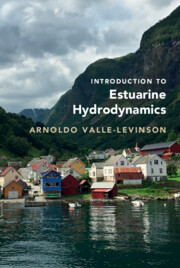The habitat preferences and niches of eight cetacean species inhabiting eastern tropical Atlantic waters between Angola and Gabon (1°N–11°S latitude) were examined. A total of 2873 cetacean sightings, recorded between January 2004 and June 2009, was assigned to 10 × 10 km grid cells and linked to four ecogeographical variables (EGVs): water depth, seabed slope, sea surface temperature (SST) and relative frontal strength. Classification trees revealed that the habitat preferences (in terms of the habitats sampled) of most species were primarily determined by SST (for Bryde's whale, sperm whale, short-finned pilot whale and common dolphin) and water depth (for Risso's dolphin, bottlenose dolphin and Atlantic spotted dolphin). Seabed slope was the most important EGV describing the presence of the striped dolphin. A principal component analysis was used to compare the niches of the species with respect to the four EGVs. Nineteen species pairs (68%) differed significantly in median principal component (PC) score for the first PC axis, suggesting differences in their niche centres for that axis. Sixteen species pairs (57%) differed significantly in PC score variance suggesting differences in the niche widths along the first PC axis. Water depth and SST were the most important variables for the first PC axis. Together, these results suggest that cetacean species inhabiting the eastern tropical Atlantic exhibit interspecific variation in their habitat preferences, and so differ in the niches that they occupy. These differences are most likely related to variation in prey species and foraging strategy.


